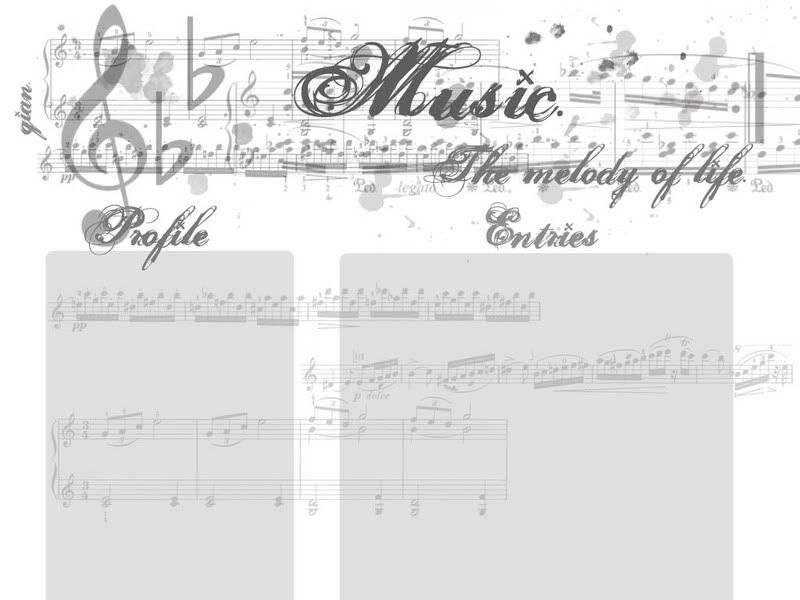


 The ruan, a round four-stringed lute, was originally considered a form of pipa and called the Qin Pipa 秦琵琶. First played during the reign of Emperor Wu (140 - 88 BC) of the Western Han Dynasty (206 BC - 25 AD), it owes its popularisation and its name to Ruan Xian 阮咸, one of the eccentric Western Jin (265 - 317 AD) intellectuals known as the Seven Sages of the Bamboo Grove. Ruan was a master at this instrument, and a famous wall mural of the Seven Sages from a contemporary tomb shows him playing it. Hence the instrument came to be known as the ruanxian, or simply as the ruan.
The ruan, a round four-stringed lute, was originally considered a form of pipa and called the Qin Pipa 秦琵琶. First played during the reign of Emperor Wu (140 - 88 BC) of the Western Han Dynasty (206 BC - 25 AD), it owes its popularisation and its name to Ruan Xian 阮咸, one of the eccentric Western Jin (265 - 317 AD) intellectuals known as the Seven Sages of the Bamboo Grove. Ruan was a master at this instrument, and a famous wall mural of the Seven Sages from a contemporary tomb shows him playing it. Hence the instrument came to be known as the ruanxian, or simply as the ruan.
The ruan has a straight stem, a round sound box and 24 frets. It is played with a plectrum, like a guitar. Five sizes of ruan are now produced - the soprano (gaoyinruan 高音阮), alto (xiaoruan 小阮 ) tenor (zhongruan 中阮), bass (daruan 大阮) and double bass (diyinruan 低音阮). This has widened the tonal range of the ruan family, although the zhongruan and daruan are used most often for their dulcet and mellow quality. It is usually played in orchestras or ensembles, but has also been used for solos in recent years. A similar version, called a yueqin 月琴 ("moon-shaped stringed instrument") , has a much shorter stem and no sound-holes.
Post by ShuYan =D
EVGRuanRuanFamily 5:29 AM